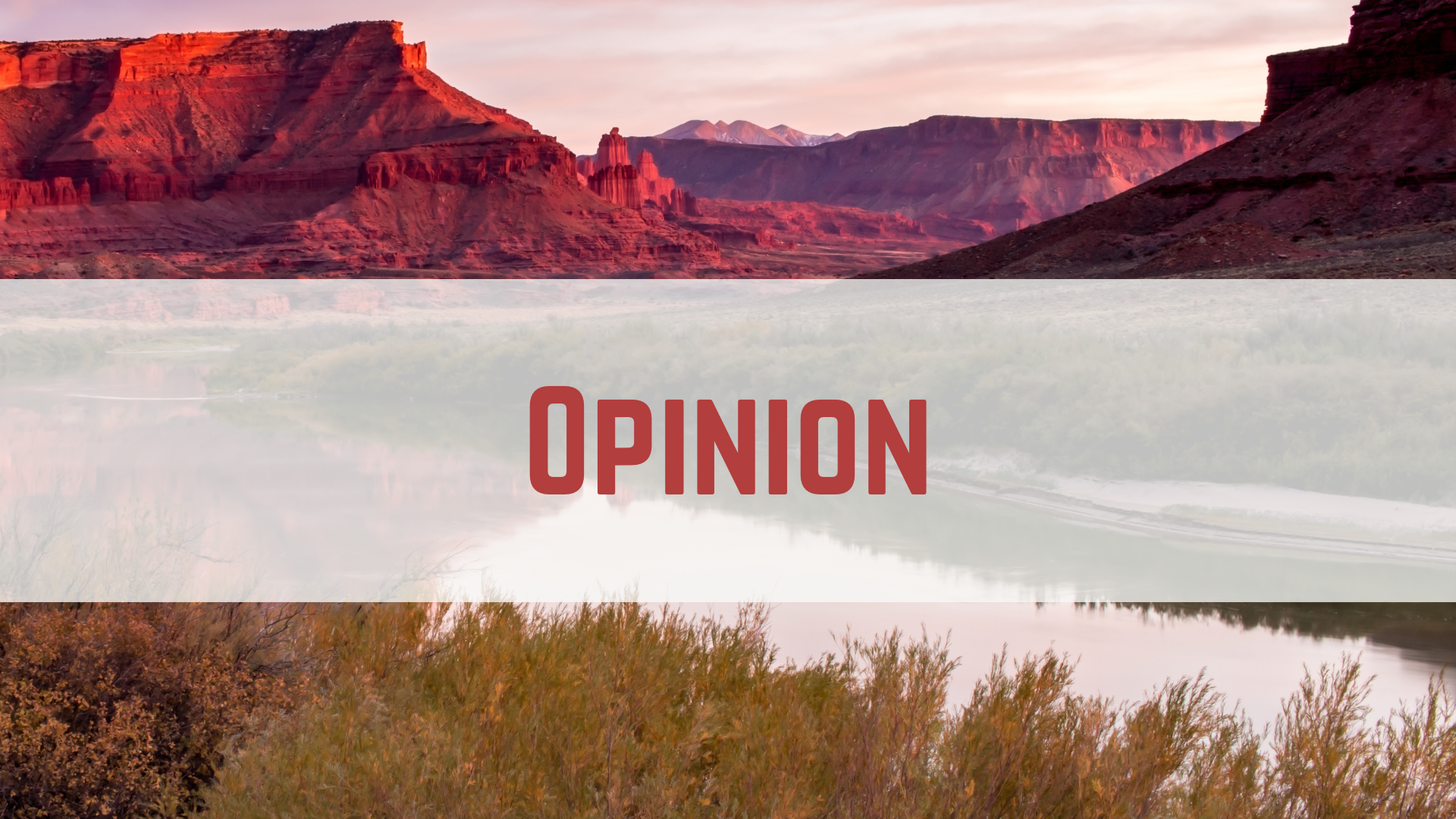Some information may be outdated.
Dear Editor:
On Dec. 11, a public meeting will be held in Vernal to discuss the use of helicopters and motorized vehicles to gather wild horses.
I want to outline the crucial nature of the use of these tools to attempt to manage wild horse populations within our state. In 1971, the Wild-Free Roaming Horses and Burros Act was passed to manage the welfare of these animals. The Bureau of Land Management (BLM) was thus mandated to “designate and maintain specific ranges on public lands as sanctuaries for their protection and preservation.” At that time, the BLM managed approximately 25,300 animals. The 2018 on-range populations of wild horses and burros is now estimated at approximately 82,000 animals.
These populations, in abundance, are extremely detrimental to water resources, competing wildlife (specifically to large ungulates such as deer and elk), rangelands and overall ecological functions. Unfortunately, our ability to manage them is limited. The current model utilizes gathering (with the use of helicopters), selling or adoption and then shipping the remainder that are unsold or not adopted to facilities in the Plains states. The BLM currently spends approximately $50 million a year in just holding facilities in the U.S.
It is imperative that we support the gathering of these populations, and further down the road the use of other management tools (sterilization/contraception) to mitigate the further impacts of these populations.
On a personal note, I have spent the last 15 years or so roaming the Book Cliff area, specifically the Tavaputs Plateau, cut by the Green River. I noted an abundance of wild horses on the West Tavaputs about 10 years ago, and most recently have seen the population on the East Tavaputs explode. Along with that explosion, I have noted the competition that they provide for our outstanding wildlife resources of these regions. This situation is in dire need of remedy.
Trisha Hedin
Moab
Appreciate the coverage? Help keep local news alive.
Chip in to support the Moab Sun News.


